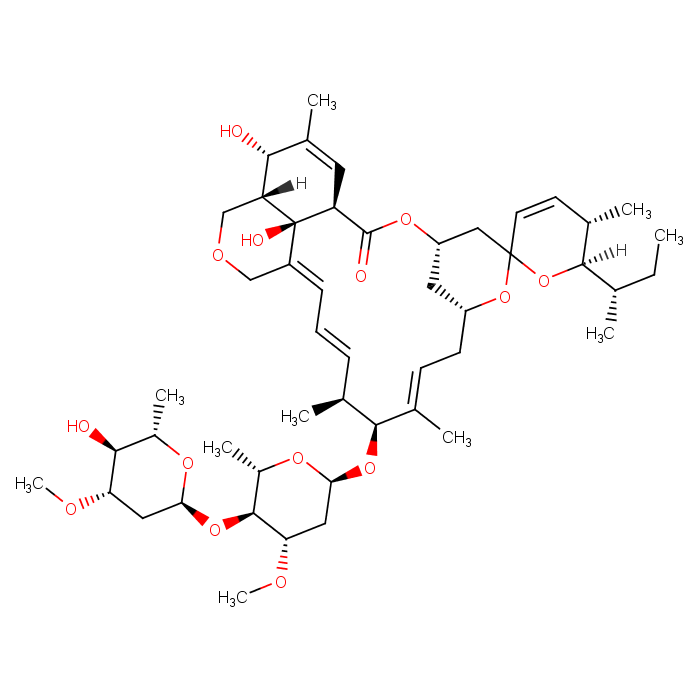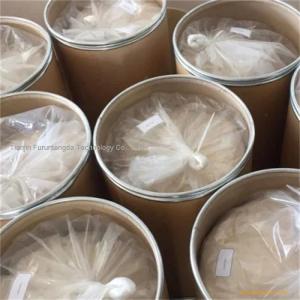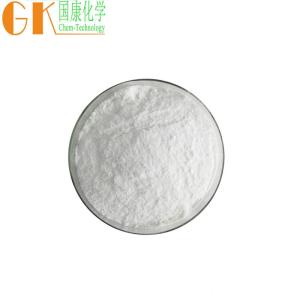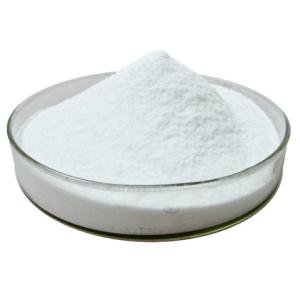
|
Abamectin, with the chemical formula C48H72O14 (CAS 71751-41-2), is a natural fermentation product of the soil bacterium Streptomyces avermitilis. It is a mixture of avermectins containing at least 80% avermectin B1a and not more than 20% avermectin B1b. Abamectin appears as a white to light yellow crystalline powder with a faint odor. Its basic structure consists of a macrocyclic lactone ring attached to two sugar moieties. This compound is practically insoluble in water, but it is soluble in organic solvents such as methanol and acetone. Abamectin is classified as a moderately hazardous substance, and it may cause skin and eye irritation. It is also toxic if swallowed or inhaled. Precautions should be taken to avoid contact with the skin, eyes, and clothing. In case of ingestion, immediate medical attention is required. Abamectin is harmful to aquatic organisms and may cause long-term adverse effects in the aquatic environment. Proper disposal methods should be followed to prevent environmental contamination.
Applicable Fields
Agriculture: Abamectin is widely used in agriculture as an insecticide and acaricide. Its mechanism of action involves interference with the nerve impulses of target pests, leading to paralysis and death. It is effective against a wide range of pests, including mites, leafminers, thrips, and various types of worms.
Veterinary Medicine: Abamectin is also used in veterinary medicine to treat parasitic infections in animals. It is particularly effective against internal and external parasites, such as gastrointestinal worms, lungworms, mites, and lice. The mechanism of action in veterinary medicine is similar to its action in agriculture, targeting the nervous system of the parasites.
Storage
Conditions: Store in a cool and dry place.

|

|

|

|

|

|

|

|

|

|

|

|

|

|

|

|

|

|

|

|